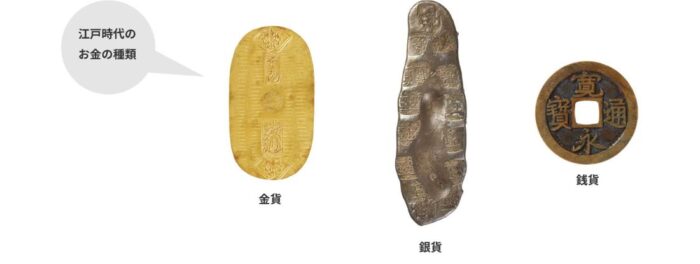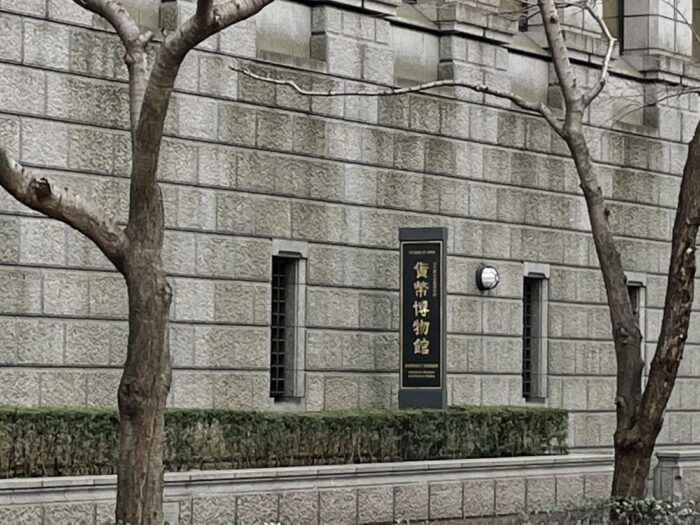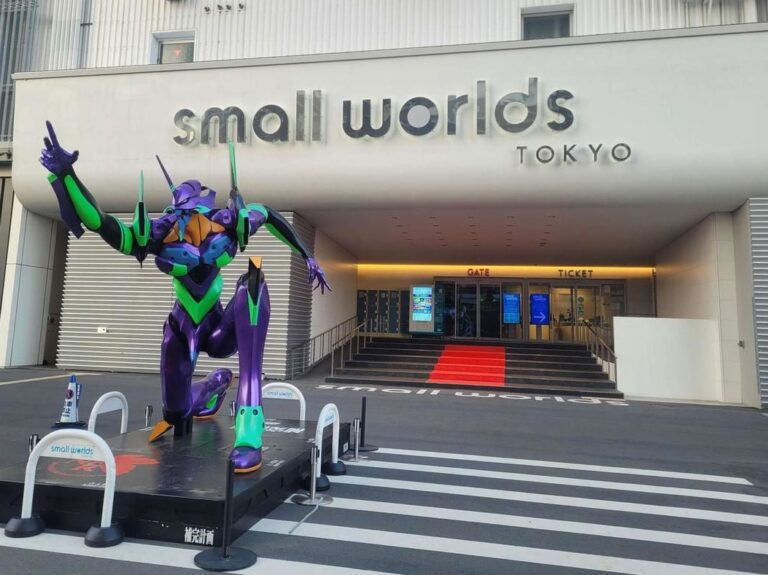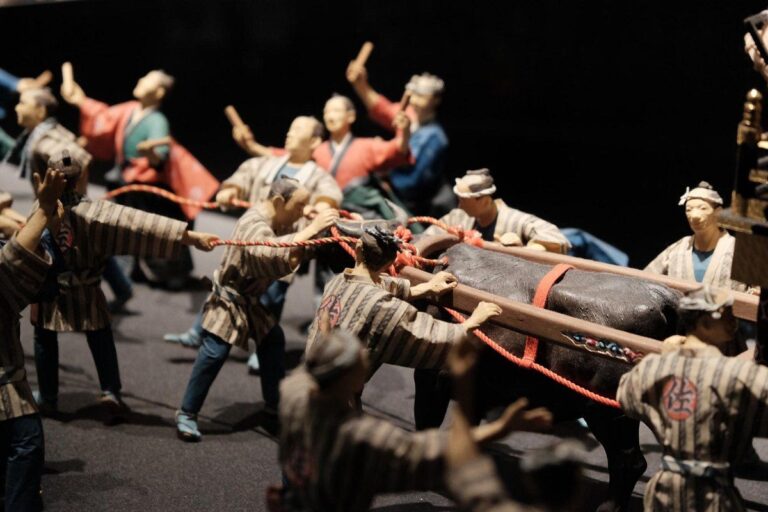The Currency Museum in Tokyo is a fascinating destination for all those money lovers and economists out there. Run by the Bank of Japan, the museum offers a comprehensive look at the evolution of currency in the country, from ancient times to the present day.

You can explore exhibits that showcase everything from imported Chinese coins used in the 12th century to the creation of the yen.

The museum is conveniently near Tokyo Station and is easily accessible by subway. Admission is free, making it an affordable activity for anyone interested in learning more about Japanese history and culture.
The museum is closed on Mondays, except when Monday is a holiday, and during the New Year’s holidays from December 29 to January 4. Additionally, it may be temporarily closed at other times for exhibit changes or other reasons.
History

The Currency Museum of the Bank of Japan dates back to the establishment of the Bank of Japan in 1882. The museum’s collection was donated to the Bank of Japan in 1944 to prevent its loss amid the destruction of World War II.
Organized as a part of the commemoration of the Bank’s 100th anniversary in 1982, the Currency Museum opened in November 1985 to display these materials to the public. Since then, it has become a valuable resource for anyone interested in the history of Japanese currency.
Exhibits

The museum is divided into sections, each covering a different period in Japanese history.
One of the most interesting exhibits is the display of ancient Japanese coins, which date back to the 8th century. You can see examples of the first coins minted in Japan, as well as coins that were used during the Edo period. The museum also has a large collection of paper money, including banknotes issued during the Meiji period.
The museum’s exhibits cover the history of Japanese currency up to the present day. You can explore the role of the Bank of Japan in the country’s economy, as well as the design and production of modern banknotes. The museum also has a section dedicated to the history of the yen, which was first introduced in the late 19th century.
In addition to the displays of coins and banknotes, the museum has interactive exhibits that allow visitors to learn more about the history of Japanese currency. There is a section where you can try your hand at designing a banknote, as well as a display that shows how banknotes are printed and inspected for quality.
Special Exhibitions at Currency Museum

The Museum hosts special exhibitions throughout the year to showcase its extensive collection of currency and related artifacts. These exhibitions provide visitors with a unique opportunity to explore the history of money in Japan and around the world.
One recent exhibition, titled “Money and Art: A Dialogue,” explored the relationship between money and art through the ages. The exhibition featured works of art, including paintings, sculptures, and prints, that depict money or were created using currency as a medium. Visitors could also see examples of currency from different cultures and time periods, as well as learn about the role of money in artistic expression.
Another recent exhibition, titled “The World of Ancient Coins,” focused on the history of coinage in ancient civilizations. The exhibition showcased coins from ancient Greece, Rome, and China, as well as coins from lesser-known civilizations such as the Kushan Empire and the Parthian Empire. Visitors could learn about the design and production of these coins, as well as their historical and cultural significance.
In addition to these special exhibitions, the Currency Museum also has a permanent collection that includes a wide range of currency and related artifacts. You can explore the history of the Japanese currency, from the earliest coins to modern banknotes, as well as learn about the development of currency in other parts of the world. The museum also has exhibits on the history of banking and finance, as well as interactive displays that allow visitors to learn about the security features of modern banknotes.
If you’re planning a visit to the Currency Museum, check the museum’s website for information on current and upcoming exhibitions.
Visiting Information

The Currency Museum is in the Nihonbashi district of Tokyo, near the Bank of Japan Headquarters and Tokyo Station. Admission to the museum is free, and visitors are welcome to explore the exhibits during regular hours of operation.
It is recommended that you check the museum’s website for the latest hours of operation and any special events or exhibits that may be taking place. The museum is closed on weekends and holidays, so plan your visit accordingly.
Groups of more than 20 people are requested to make reservations in advance. A maximum of 100 people is allowable. For more information on visiting the museum as a group, please refer to the museum’s website.
When you arrive at the museum, you will be asked to store your belongings in a locker before entering the exhibit area. Photography is not allowed in the museum, and visitors are asked to respect the exhibits and refrain from touching or handling any of the items on display.
The Sum Up

The Currency Museum in Tokyo is a fascinating destination for anyone interested in the history of money in Japan. The museum showcases the evolution of currency in the country, from the use of imported Chinese coins in the 12th century to the birth of the yen in the late 19th century.






